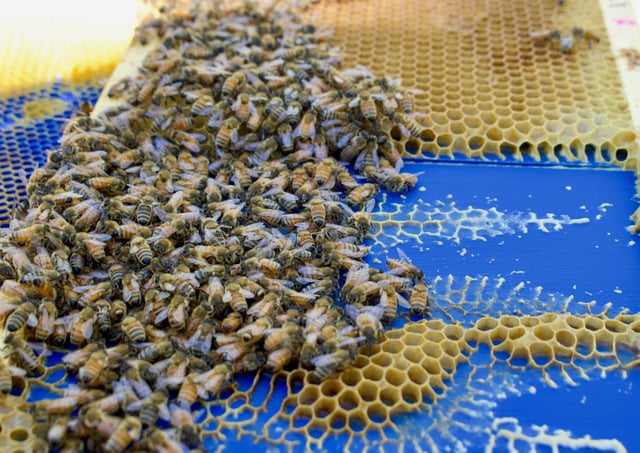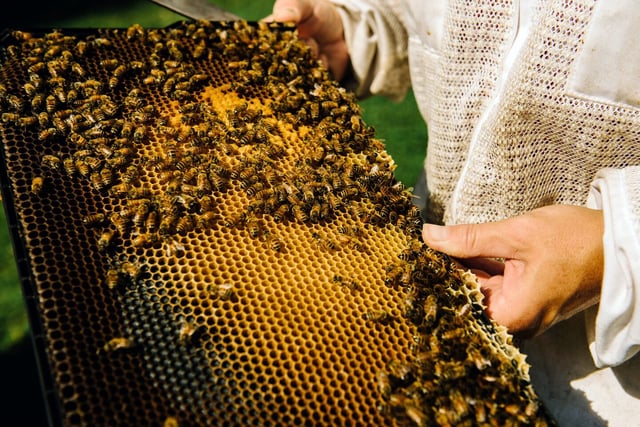Overview
- The PLOS Biology study, led by Golnar Gharooni-Fard with colleagues at the University of Colorado Boulder, tested how colonies respond to altered starting geometries.
- Researchers provided 3D‑printed hexagonal foundations ranging from about three‑quarters to three times the bees’ preferred cell size and tracked construction over roughly 20 days using X‑ray microscopy.
- Bees merged cells when foundations were too small, tilted new wax cells on moderately oversized patterns, and built layered two‑tier structures when cells were about three times larger.
- The tactics appeared reproducible across trials, and the authors noted parallels with patterns in physical systems such as drying mud cracks and atomic lattices.
- External experts praised the work while cautioning that the coordination may stem from evolved behavioral rules rather than deliberative planning, with the findings pointing to future studies and potential bio‑inspired engineering applications.

